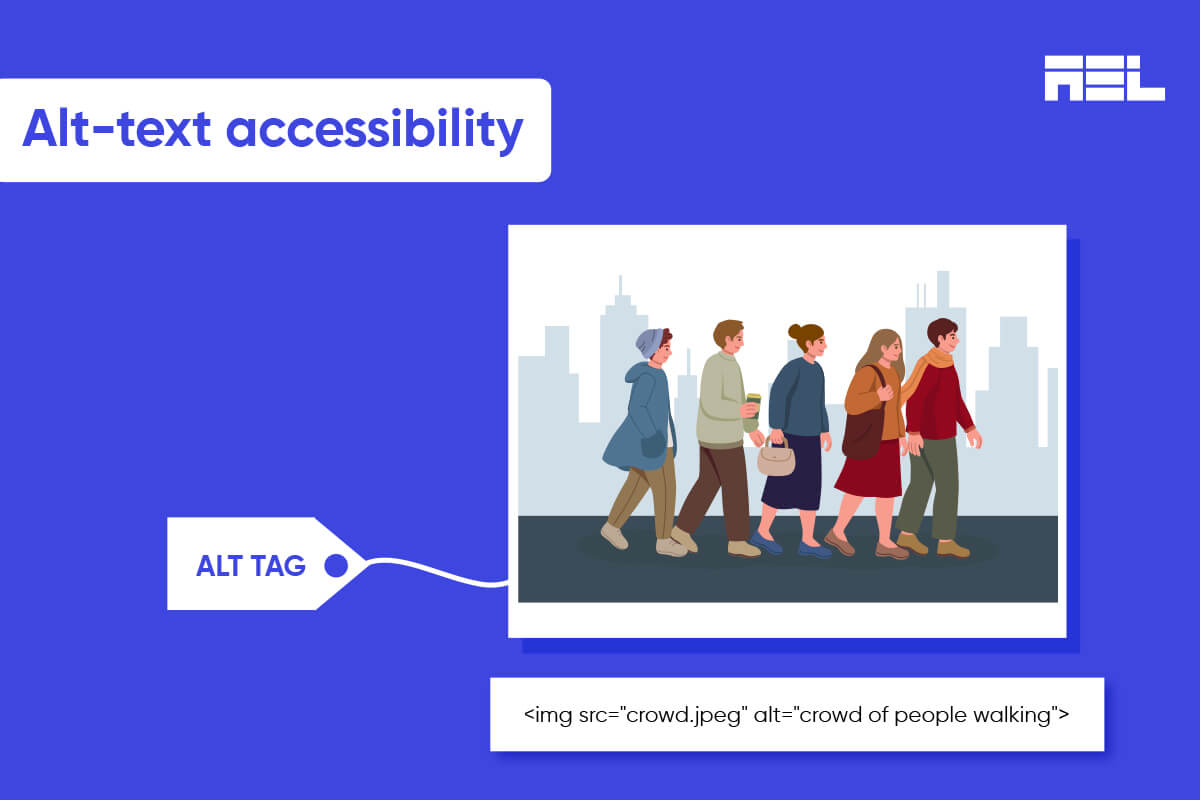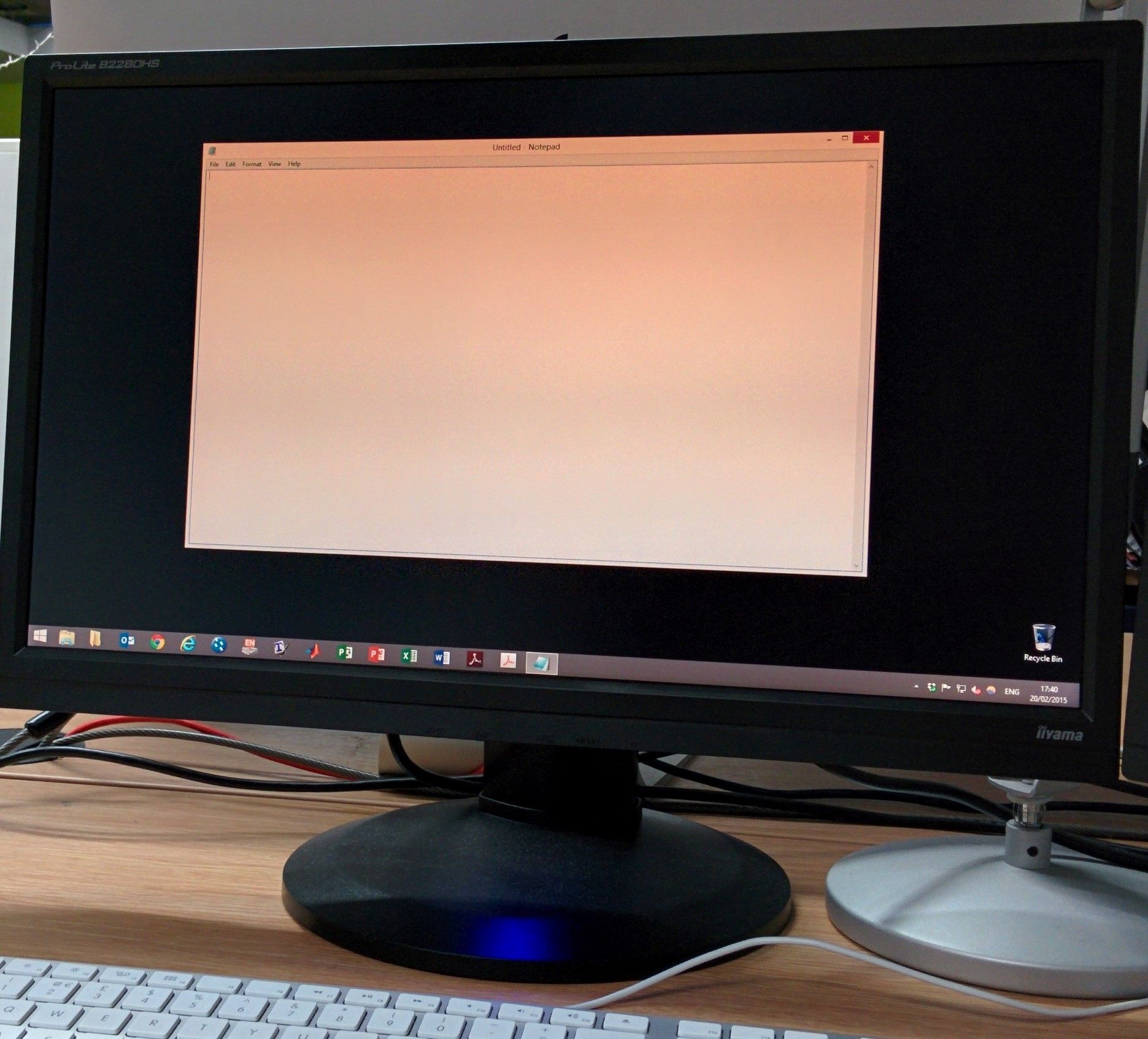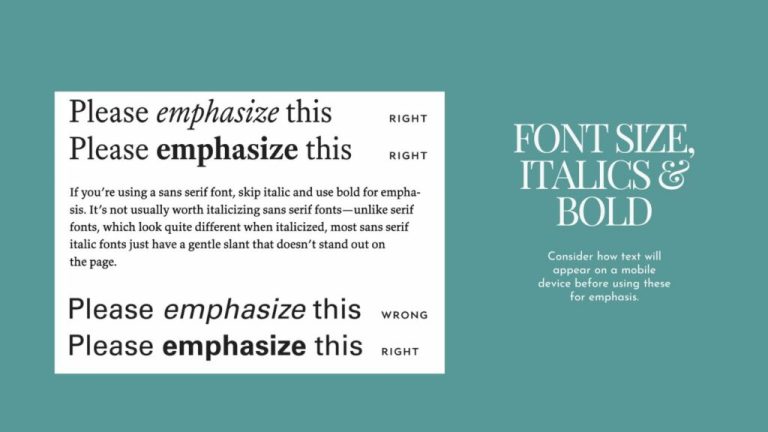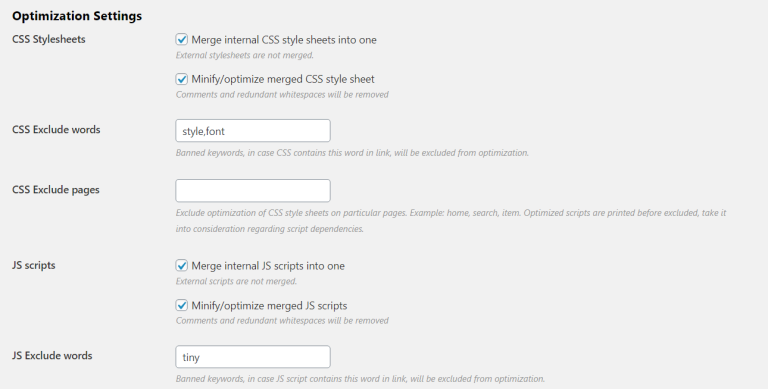
In today’s digital landscape, where content is consumed across a wide range of devices and platforms, the role of descriptive alt text has never been more critical. As both a tool for accessibility and a key component of image SEO, alt text ensures that all users—regardless of their abilities or the technology they use—can engage with your content effectively. This article explores the significance of descriptive alt text, its impact on user experience, and how it can be leveraged to enhance search engine visibility.
What Is Descriptive Alt Text and Why It Matters
Descriptive alt text, also known as alternative text, is a short, meaningful description of an image embedded in the HTML code of a webpage. It serves two primary purposes: accessibility and search engine optimization (SEO).
For users who rely on screen readers, such as those with visual impairments, alt text acts as a bridge between the visual content and the user. When an image cannot be displayed, the screen reader will read out the alt text, allowing the user to understand what the image represents. For example, instead of reading “image1.jpg,” a screen reader would announce “a golden retriever playing fetch in a park.”
From an SEO perspective, alt text helps search engines like Google understand the context and relevance of images. Since search engines cannot “see” images, they rely on alt text to determine what the image is about. This makes alt text a crucial factor in how images rank in Google Images and, indirectly, in general web search results.
How Descriptive Alt Text Impacts SEO Performance
Descriptive alt text plays a significant role in improving a website’s visibility in both Google Web Search and Google Images. Here’s how:
-
Improved Image Rankings: By using relevant keywords in alt text, you increase the chances of your images appearing in Google Images. This can drive additional traffic to your site, especially for niche topics where visual content is highly valued.
-
Enhanced User Experience: A well-crafted alt text not only helps search engines but also improves the overall user experience. It provides context for users who may have slow internet connections or are browsing on mobile devices where images might not load quickly.
-
Better Search Intent Alignment: Descriptive alt text aligns with the intent behind user searches. If someone is looking for a specific type of product, service, or information, alt text can help ensure your content is surfaced at the right moment.
-
Supports E-E-A-T (Experience, Expertise, Authoritativeness, Trustworthiness): Properly optimized alt text contributes to the perceived authority of a website. It shows that the content is well-researched, accurate, and designed with the user in mind.
Step-by-Step Implementation Framework
Implementing descriptive alt text requires a structured approach. Follow this process to ensure your images are both accessible and optimized for search engines:
- Define or Audit the Current Situation
- Conduct an audit of your website’s existing images to identify missing or poorly written alt text.
-
Use tools like Ahrefs Site Audit, Screaming Frog, or Google Search Console to find images without alt attributes.
-
Apply Tools, Methods, or Tactics
- For each image, craft a concise, descriptive alt text that includes relevant keywords without overstuffing.
- Avoid generic terms like “image” or “picture.” Instead, focus on the content and purpose of the image.
-
Use tools like Alt Text Tester or WAVE to check for accessibility issues.
-
Measure, Analyze, and Optimize
- Monitor the performance of your images using analytics tools like Google Analytics or Search Console.
- Track metrics such as impressions, click-through rates (CTR), and user engagement.
- Refine your alt text based on performance data and user feedback.
Real or Hypothetical Case Study
Consider a fictional e-commerce website selling organic skincare products. The site has a product page featuring a high-quality image of a moisturizer. Initially, the image has no alt text, leading to poor visibility in Google Images and limited engagement from visually impaired users.
After implementing descriptive alt text, such as “Organic Moisturizer for Sensitive Skin – 100% Natural Ingredients”, the product page sees a 40% increase in image traffic and a 25% rise in overall conversions. Additionally, the site receives positive feedback from users who rely on screen readers, demonstrating the dual benefits of improved accessibility and SEO.
Tools and Techniques for Descriptive Alt Text
Several tools can help you create and manage effective alt text:
- WordPress Media Library: Allows you to add alt text directly when uploading images.
- Screaming Frog SEO Spider: Identifies missing or poor alt text across your entire website.
- Ahrefs Site Audit: Highlights image optimization opportunities and tracks improvements over time.
- WAVE Web Accessibility Evaluation Tool: Tests the accessibility of your website, including alt text.
- Google Search Console: Provides insights into how your images are performing in search results.
- Alt Text Tester (Chrome Extension): Enables quick testing of alt text visibility and effectiveness.
Future Trends and AI Implications
As AI continues to shape the future of search, the importance of descriptive alt text will only grow. With the rise of generative AI and multimodal search, search engines are becoming better at understanding and contextualizing visual content. However, human-generated alt text remains a critical factor in ensuring accuracy and relevance.
AI models like Google’s Gemini and Bard rely on structured data and clear descriptions to generate accurate summaries and answer queries. Descriptive alt text helps these models understand the content of images, making it an essential part of Search Generative Experience (SGE) optimization.
To stay ahead, focus on creating semantically rich alt text that aligns with user intent and supports AI-driven search experiences.
Key Takeaways
- Descriptive alt text is essential for accessibility, ensuring that all users, including those with visual impairments, can engage with your content.
- It plays a vital role in image SEO, helping your images rank higher in Google Images and improving overall visibility.
- Follow best practices such as keeping alt text concise, using relevant keywords, and avoiding unnecessary words like “image” or “picture.”
- Use tools to audit and optimize your alt text, and continuously monitor performance to refine your strategy.
- Prepare for the future by creating alt text that aligns with AI and multimodal search trends.
By prioritizing descriptive alt text, you not only enhance the user experience but also position your content for long-term success in the evolving digital landscape.
Meta Title: Descriptive Alt Text — Enhances Accessibility and SEO
Meta Description: Learn how descriptive alt text improves accessibility and boosts image SEO, driving more traffic and engagement.
SEO Tags (5): descriptive alt text, image SEO, accessibility, screen readers, SEO best practices
Internal Link Suggestions:
– [Parameter #1: Search Intent Alignment]
– [Parameter #7: Semantic Keyword Mapping]
– [Parameter #13: Evergreen & Fresh Balance]
External Source Suggestions:
– https://www.w3.org/WAI/
– https://support.google.com/websearch/answer/96788?hl=en

![]()







